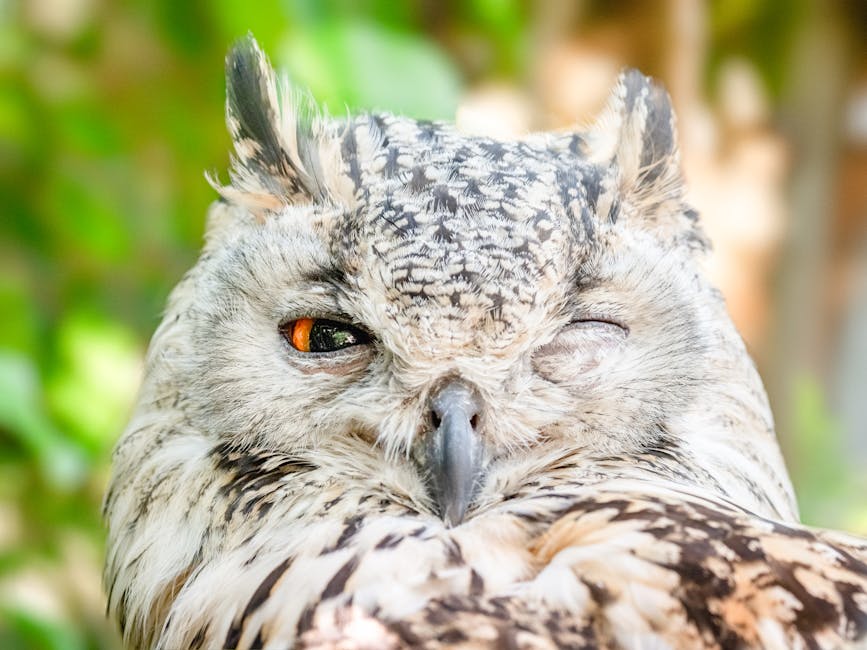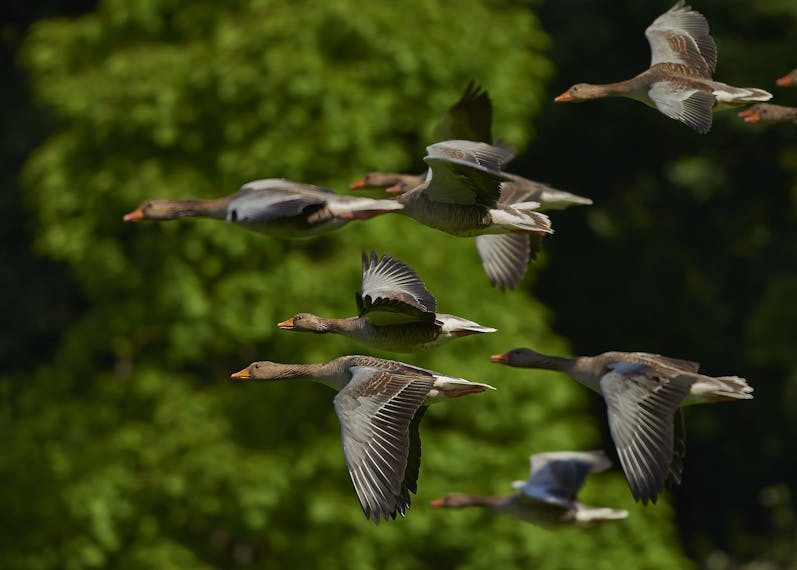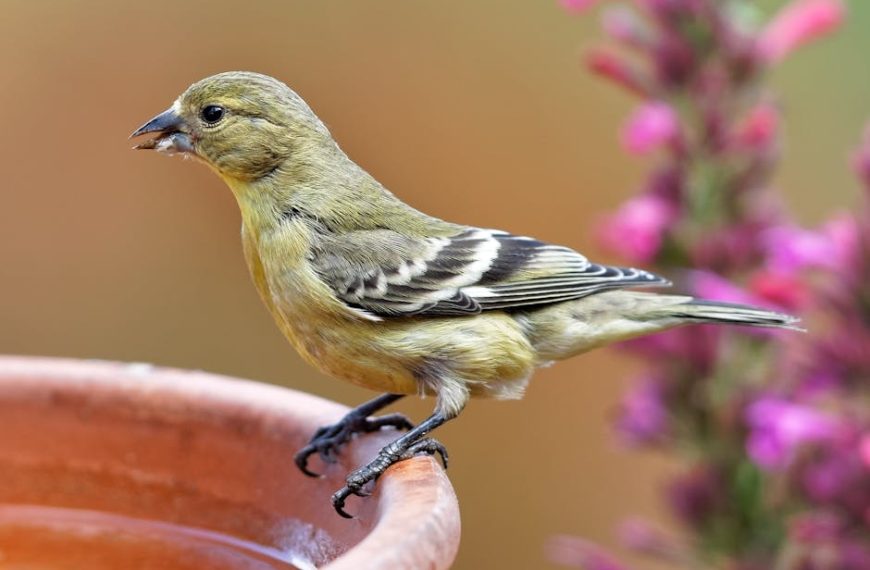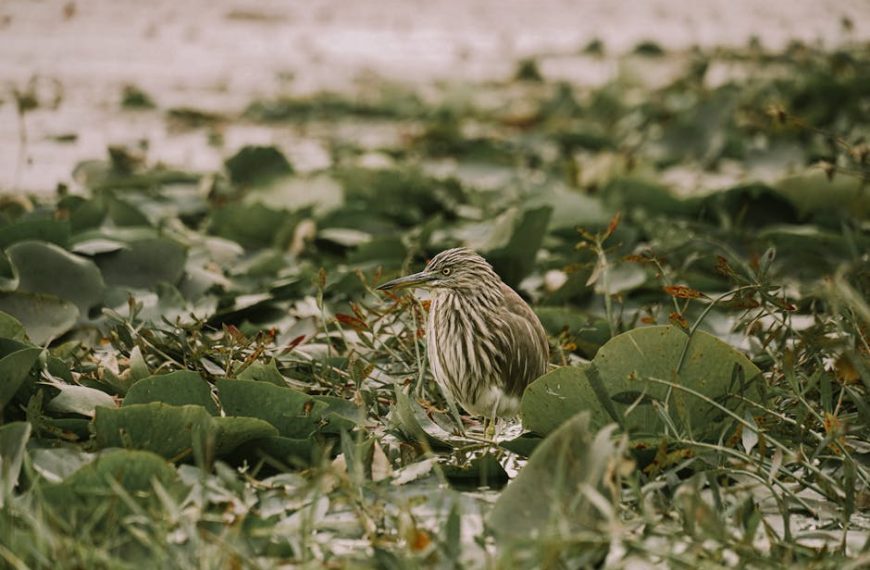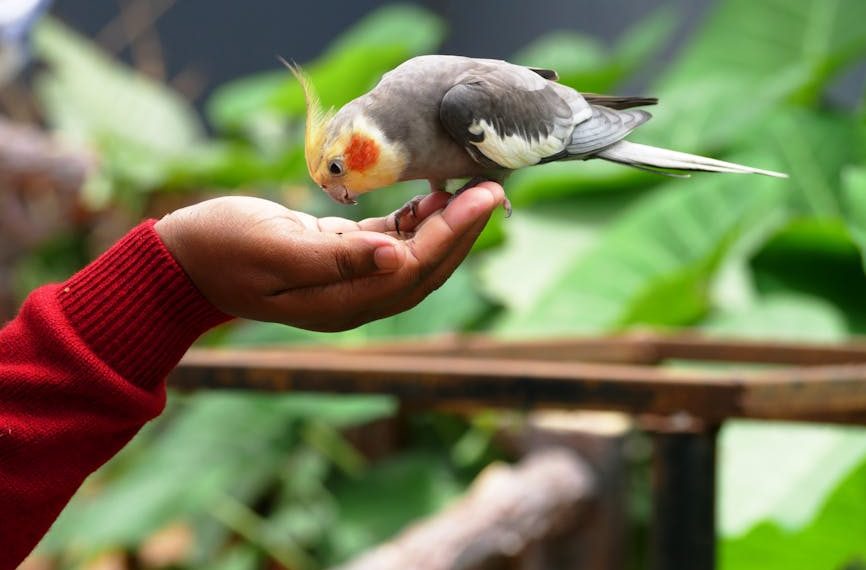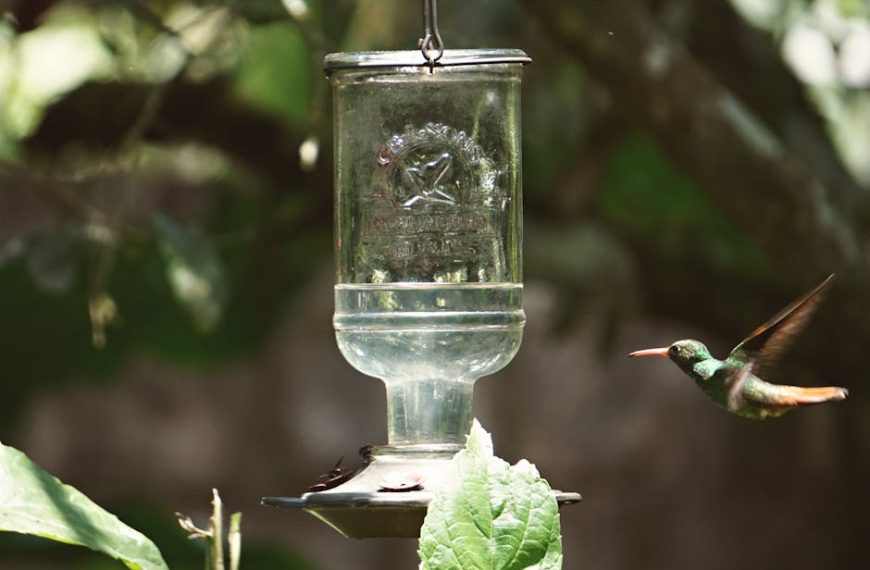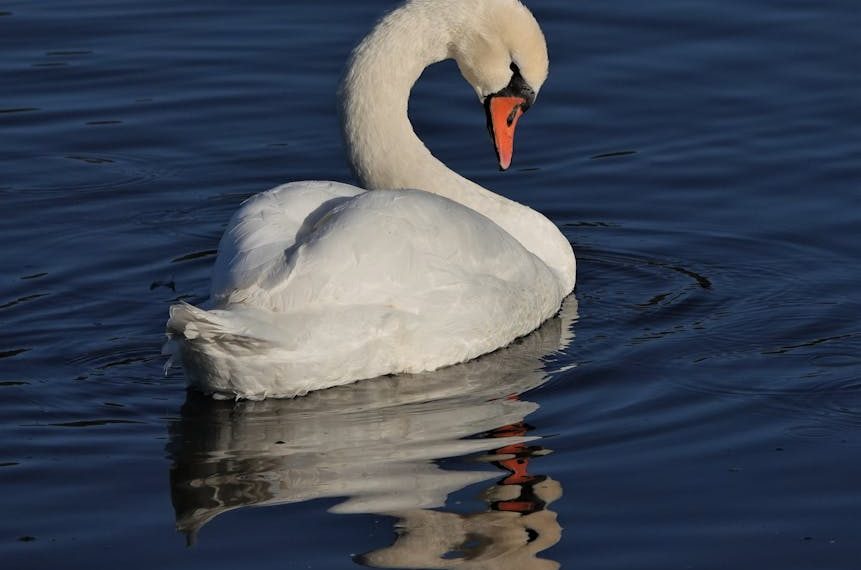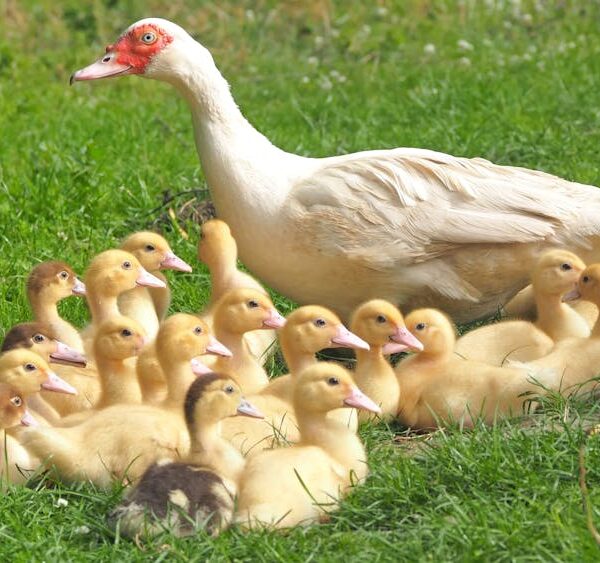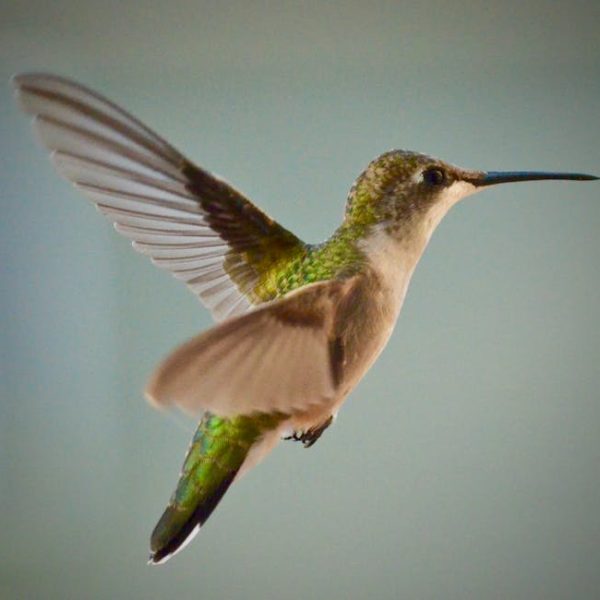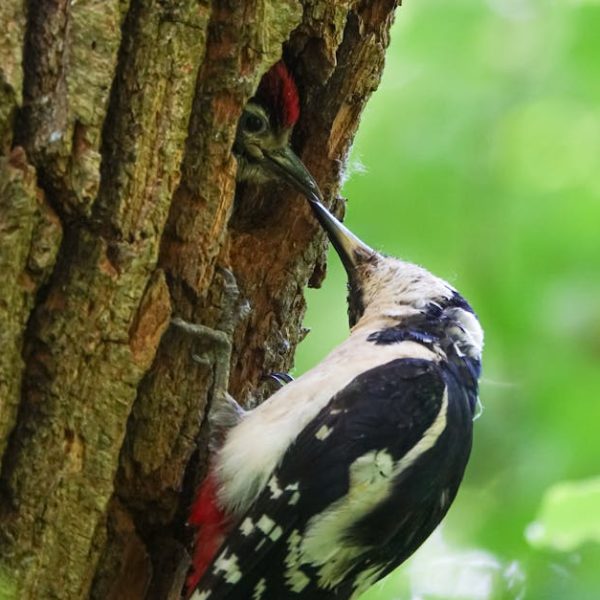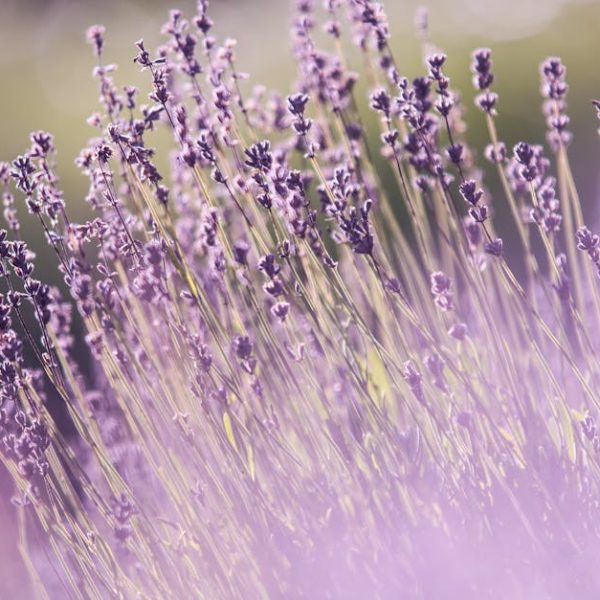Birds are fascinating creatures, with their brightly colored feathers and cheerful chirping. Among many unique requirements for their health, one often overlooked yet essential item is cuttlebone. But why do birds need cuttlebone? Simply put, it meets a myriad of health needs. It is an excellent source of essential minerals, helps in bird beak care, aids in digestion, and plays a critical role in breeding season. This article will delve into each of these aspects, providing invaluable insights for bird care enthusiasts.
The Nutritional Value of Cuttlebone
Cuttlebone is the internal shell of the cuttlefish, a relative of octopuses and squid. It’s a soft, easily breakable substance that has a nutritional powerhouse hidden within. The most essential minerals provided by cuttlebone are calcium and phosphorus. These are critical for the formation and maintenance of strong bones and beaks in birds. Other key minerals include zinc, magnesium, potassium, and iron. Some of the benefits these minerals play in bird health include:
- Calcium: For strong bones and healthy eggs in female birds
- Phosphorus: Aids in converting food into energy
- Zinc: Promotes a robust immune system
- Magnesium: Necessary for muscle and nerve function
- Potassium: Helps maintain heart and kidney health
- Iron: Vital for producing hemoglobin, carrying oxygen around the bird’s body
Cuttlebone and Bird Beak Care
Beyond its nutritional benefits, cuttlebone also works as a natural ‘nail file’ for birds. As birds peck at the cuttlebone, it helps to keep their beaks sharp and at a comfortable length. This is essential for their survival as they use their beaks like multipurpose tools for eating, climbing, defense, courtship, and more.
For best results, attach the cuttlebone securely to the birdcage so it won’t move as your bird pecks at it. Ensure it’s placed at a convenient height, enabling your bird to access it comfortably. Also, keep an eye on its condition and replace it if it becomes so small that the bird might choke on it.
Cuttlebone’s Role in Digestive Health
Not merely content with being a key nutritional provider and a manicure tool for birds, the humble cuttlebone also aids digestion. Birds don’t have teeth to chew their food. Instead, they have a specialized stomach known as a ‘gizzard’ to crush food. Cuttlebone provides roughage which assists in this process, promoting optimal digestive function.
To support your bird’s digestion, ensure stable access to a cuttlebone. Observing your bird’s excrement can also provide cues to their digestive health. Any noticeable changes may suggest you need to consult a vet.
This first part of the article lays a solid foundation for understanding why birds need cuttlebone, focusing on its nutritional values, aiding in beak care, and playing a role in digestive health. Further insights and discussions will follow in the subsequent parts.
The Importance of Cuttlebone in Breeding
Cuttlebone’s significance becomes particularly evident during breeding season – especially for female birds. It provides the key mineral, Calcium, which is crucial for the production of healthy eggs. A calcium deficiency can lead to serious health problems, such as Egg Binding, a condition where the female bird is unable to pass the egg. This can be dangerous, even fatal, to the bird.
Let’s take a closer look at the comparison of the health situation of birds that have regular access to cuttlebone versus those that do not during breeding season:
| Birds with Cuttlebone | Birds without Cuttlebone | |
|---|---|---|
| Egg health | Healthy, strong eggs | Poor egg health, potential for weak or soft shells |
| Egg-laying | Less complication during egg-laying | Increased risk of Egg Binding |
| General Health | Overall better health and vitality | Potential health issues due to lack of essential minerals |
Sourcing and Installing Cuttlebone in Bird Cages
Adding cuttlebone to your pet bird’s life is relatively simple. Cuttlebones are widely available at pet stores, bird specialty stores, and online. When selecting a cuttlebone, look for ones that are clean, free of mold, and have a solid, not crumbly, texture.
Here are the key steps to follow when sourcing, selecting, and installing a cuttlebone:
- Purchase cuttlebone from a trusted pet supply store or online retailer.
- Examine the cuttlebone for any signs of mold or anything that would suggest it isn’t fresh.
- Attach the cuttlebone to the cage using the metal or plastic holder that comes with it. Alternatively, you can tie it to the cage bars using a non-toxic string or wire.
- Position the cuttlebone at a comfortable height for your bird, within easy reach.
- Monitor its condition and replace it when it becomes too small or worn out.
Caring for birds is a wonderful, rewarding experience. Providing them with cuttlebone helps to ensure their overall health and happiness. Understanding the myriad of benefits it offers – from vital minerals to beak care to digestion, and crucial breeding support, it isn’t hard to see why cuttlebone is a must-have in the birdcage. Help your feathered friend thrive by incorporating this essential item into your bird care routine today.
Key Takeaway:
- Cuttlebone is a remarkably versatile and important health boost for birds, packed with essential minerals like calcium and phosphate.
- The minerals in cuttlebone play a significant role in supporting strong bones and beaks in birds.
- Cuttlebone contributes significantly to bird beak care by naturally helping birds maintain their beak length.
- Playing a critical role in a bird’s digestion, cuttlebone aids in food breakdown and promotes better digestion in birds.
- Cuttlebone is particularly vital for breeding birds, providing crucial calcium required for healthy egg production.
- A deficiency in the calcium supplied by cuttlebone can potentially lead to serious health issues, particularly during breeding season.
- Sourcing quality cuttlebone and correctly installing it in bird cages ensures its accessibility and effectiveness.
Birds, with their vibrant presence and charming characteristics, need special attention to their diet and overall health. Including cuttlebone as a crucial part of their diet helps improve and maintain their health significantly. By understanding the benefits and ensuring its regular inclusion, you are making an essential contribution to the well-being of your feathered friend. So let this humble item of bird care be part of your routine, and witness the overall improvement it brings to your pet’s life.
FAQs
Q: Is cuttlebone safe for all bird species?
A: Yes. All bird species can safely peck at and consume cuttlebone. It provides important minerals and helps maintain beak health across all types.
Q: How frequently should I replace the cuttlebone in my bird’s cage?
A: It depends on the size of the cuttlebone and the bird’s usage. Generally, you should replace it when it becomes too small or if it shows signs of mold or decay.
Q: Can birds eat too much cuttlebone?
A: Overconsumption is unlikely as birds instinctively know how much they need. However, it’s still good to monitor your bird’s intake and consult a vet if you see any unusual behavior or health issues.
Q: What can I do if my bird doesn’t seem interested in the cuttlebone?
A: Try placing it in different spots in the cage or grind up a bit and sprinkle it over their food. Some birds may just take longer to start using the cuttlebone.
Q: Are other sources of calcium necessary if my bird has access to cuttlebone?
A: While cuttlebone is an excellent calcium source, a balanced diet for your bird should also include other calcium-rich foods like fruits, vegetables, and certain seeds.
We hope this article has been informative and helpful. Share it with other bird enthusiasts in your life and encourage better bird care habits. Explore more posts on our website to discover more ways to enrich the lives of your feathery friends.
